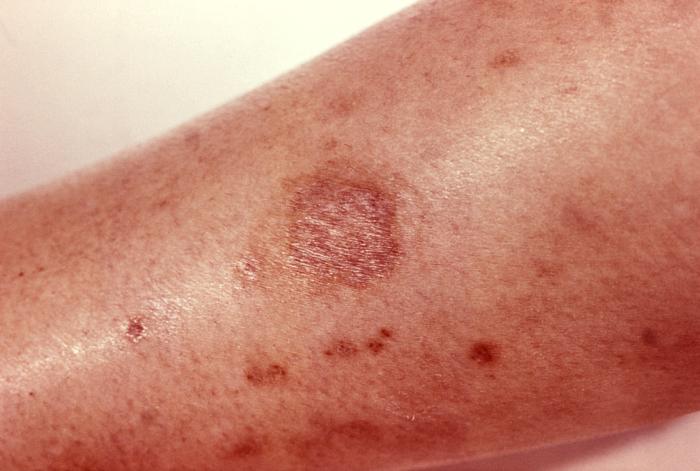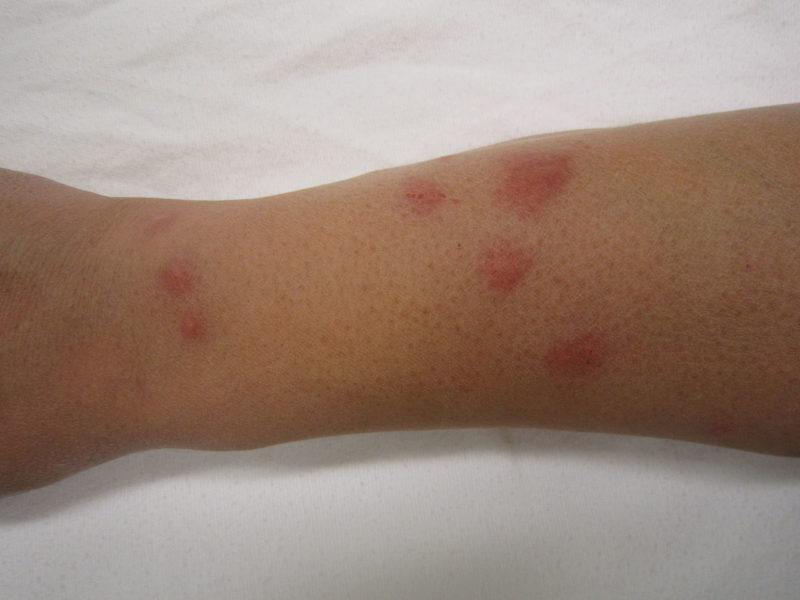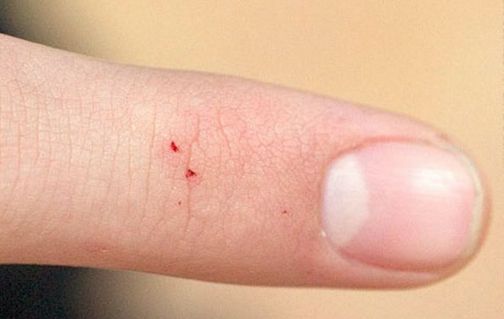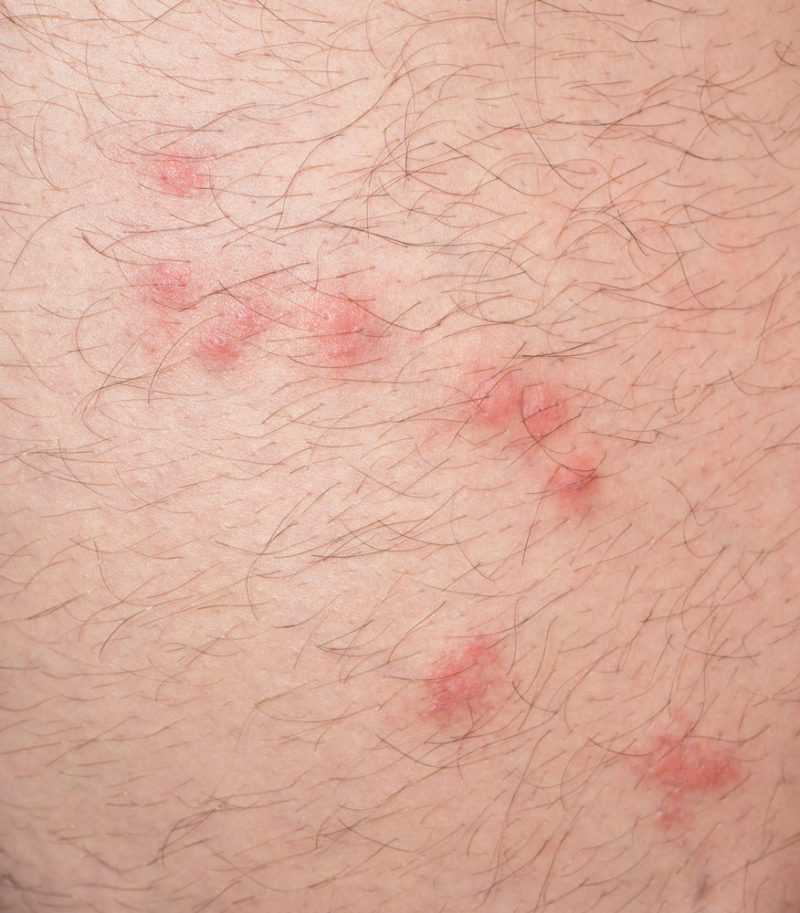Summer is just around the corner! It signals picnics, bonfires, pool parties, hiking trips and kickball games in the backyard. Along with the sunshine and warm weather, summer often means bugs. It’s important to be able to recognize a bug bite, in order to keep yourself safe. Sometimes, a little lotion to stop the itching will do the trick. Other times, a trip to the hospital is necessary.
Here are seven common bug bites and how to identify the bug that bit you:
1. Brown Recluse Spider
A brown recluse spider bite can send you to the emergency room. Brown recluse spiders usually hang out in isolated spaces with dry rot and dust, such as attics, barns and sheds. If you notice a bite with brown and purple spots, head to the hospital. These spots are necrotic lesions and they need to be treated immediately.

2. Bed Bugs
If you’ve been bitten by bed bugs, you’ll develop a clump or a line or red welts that might first appear on your arms and shoulders. Bed bug bites are extremely itchy. They might not show up until several days after you’ve been bitten. Make sure you don’t scratch your bites, because excessive scratching can cause an infection. Use lotion to calm the bites then call an exterminator!

3. Fire Ants
Fire ants are red ants that earned their name from the intense stinging pain of their bites. If you get bite by several fire ants. you’ll develop a painful, itchy, red rash that looks similar to a bad acne breakout. It might be on your feet or legs. Too many bites can cause an allergic reaction, so pay attention to your breathing and keep an eye out for hives.

4. Black Widow Spider
The Black Widow leaves a bite that looks like two small puncture wounds. Think a very tiny vampire bite. After you’ve been bitten, the toxins may cause muscle pain and swelling. This type of bite is rarely life-threatening, but it should be looked at by a doctor.

5. Tick
If you spend the day outside near the woods or tall grass, you might end up with a tick if you aren’t careful. If you find a tick on you, make sure you remove the tick completely, then clean the area and monotor the bite closely for rashes and signs of infections. Ticks often carry diseases. If you notice a rash that looks like a bull’s-eye, visit a health care professional immediately. This rash is a sign of Lyme disease.

6. Fleas
Fleas are tiny bugs that often travel in animal fur. When they bite, they leave small clusters of itchy welts, and they often target the feet or ankles because they are near the ground. Flea bites aren’t especially dangerous, but they can carry disease, so watch for a fever or other signs of infection if bitten.

7. Mosquito
Most of us know what a mosquito bite feels like – itchy! Mosquito bites often appear on your legs and arms in the form of an itchy, lumpy red spot. If you’re outside in the summertime, do what you can to avoid mosquito bites. Mosquitoes can carry diseases like West Nile, Zika and Malaria.

Sources:
E Medicine Health
Orkin
Healthline
Medicine Net
Healthline


